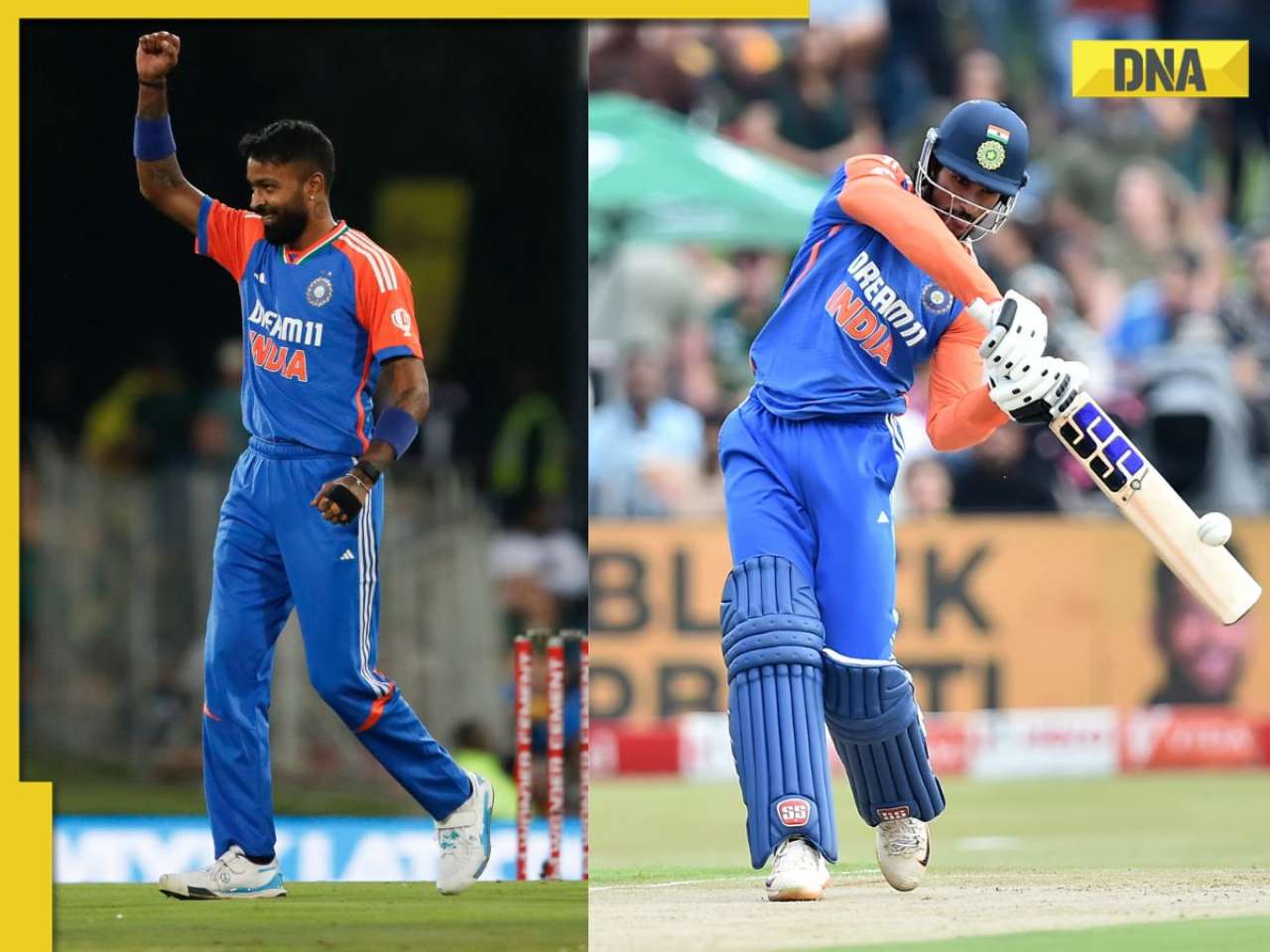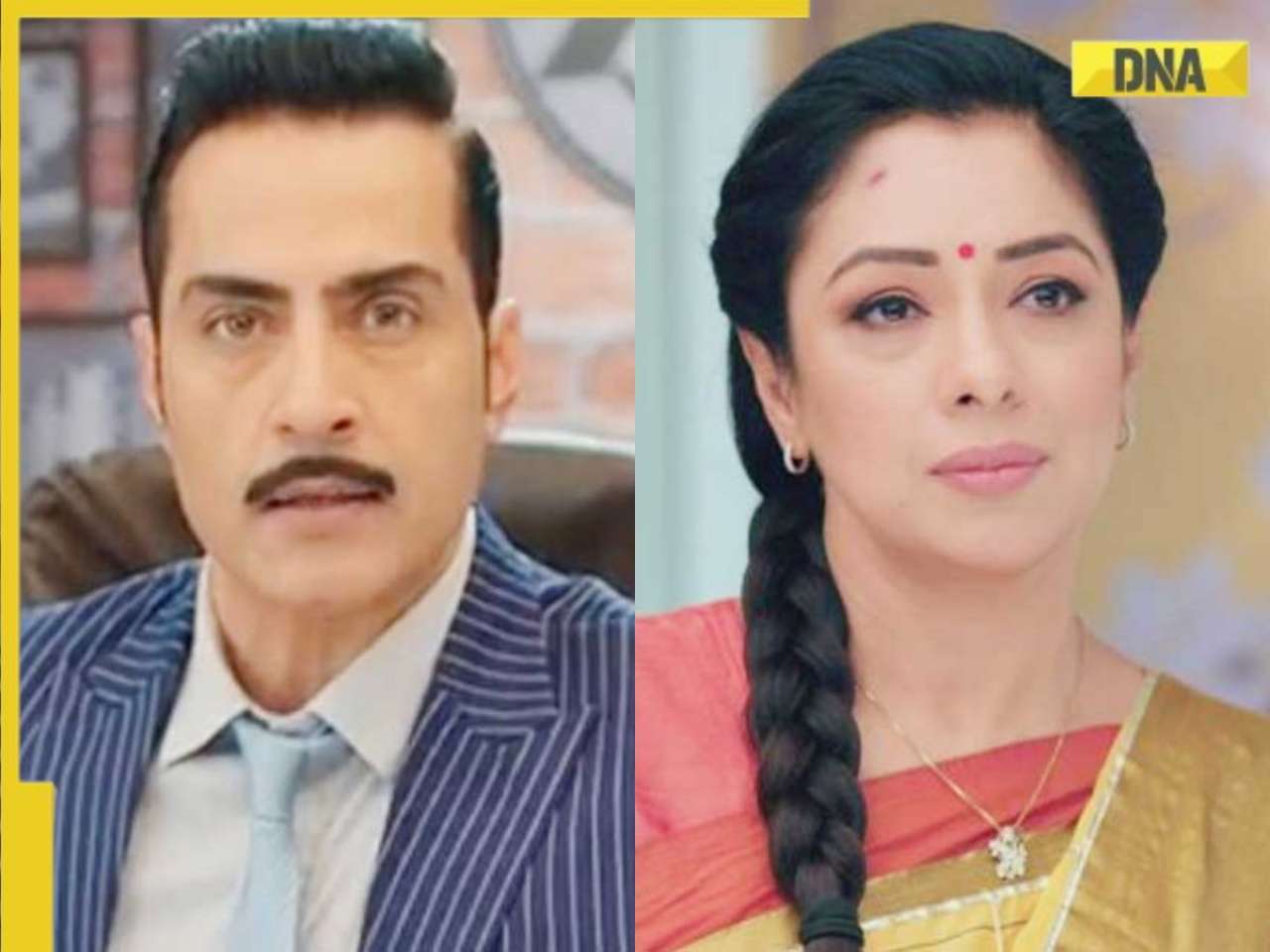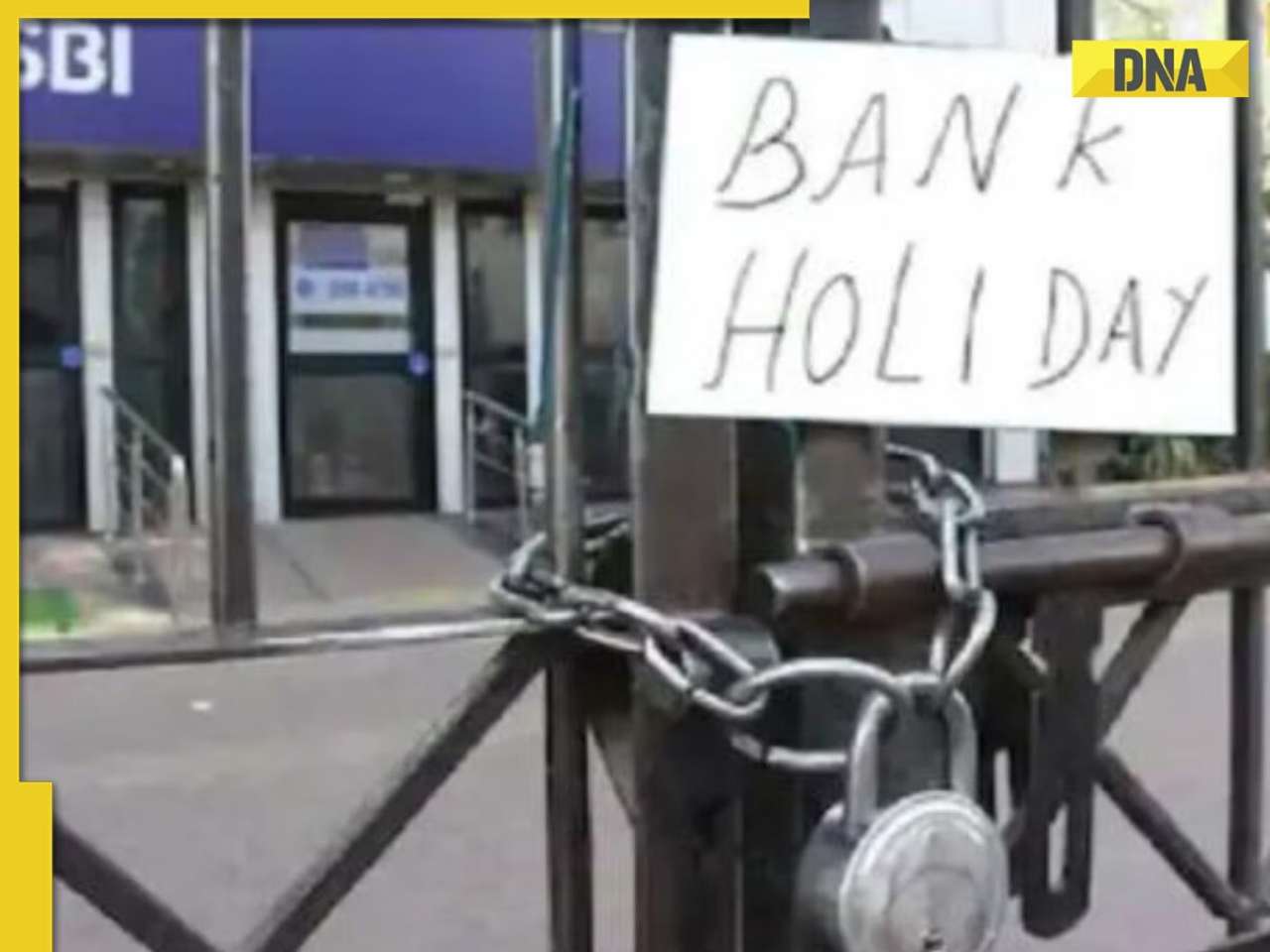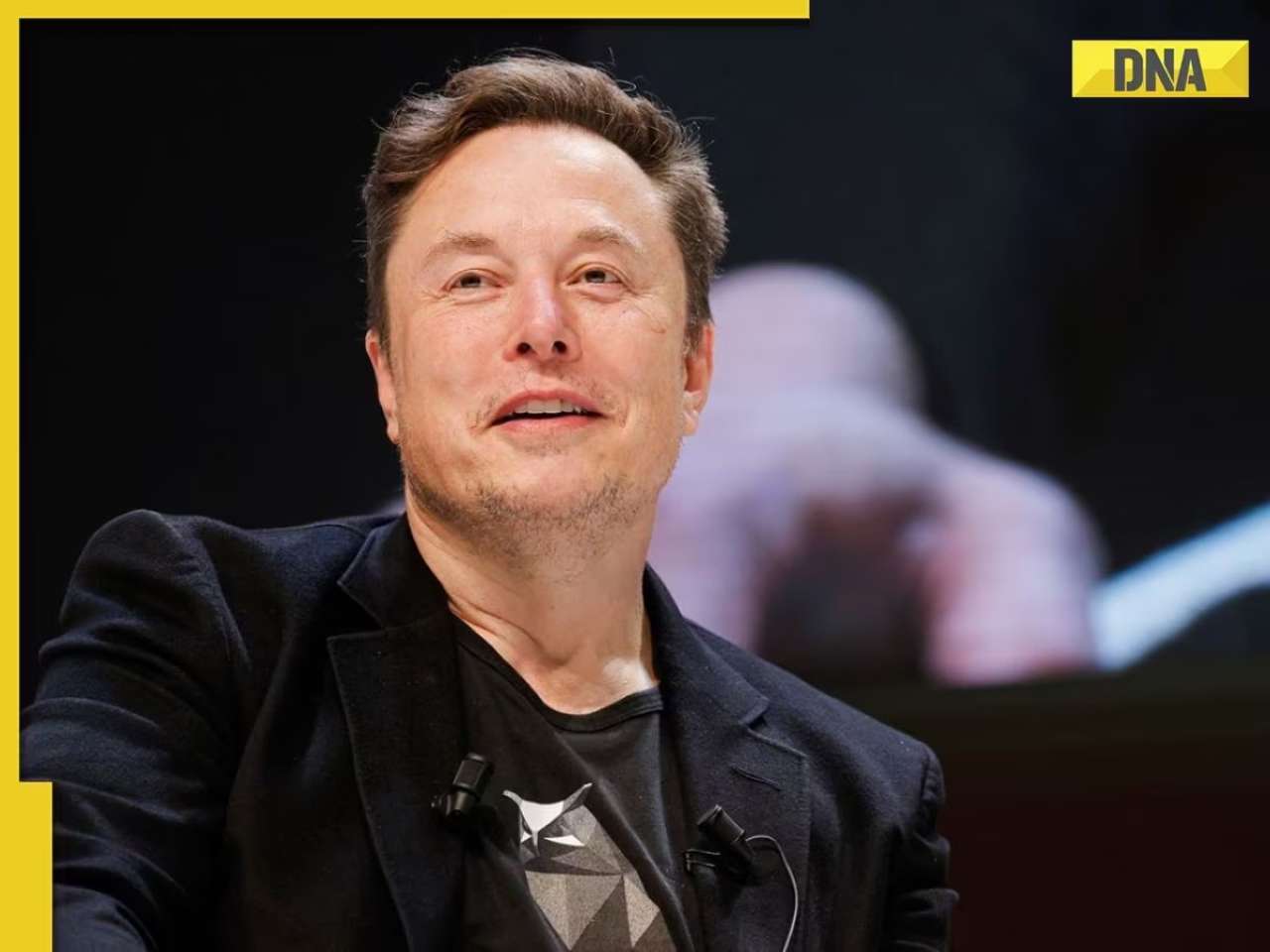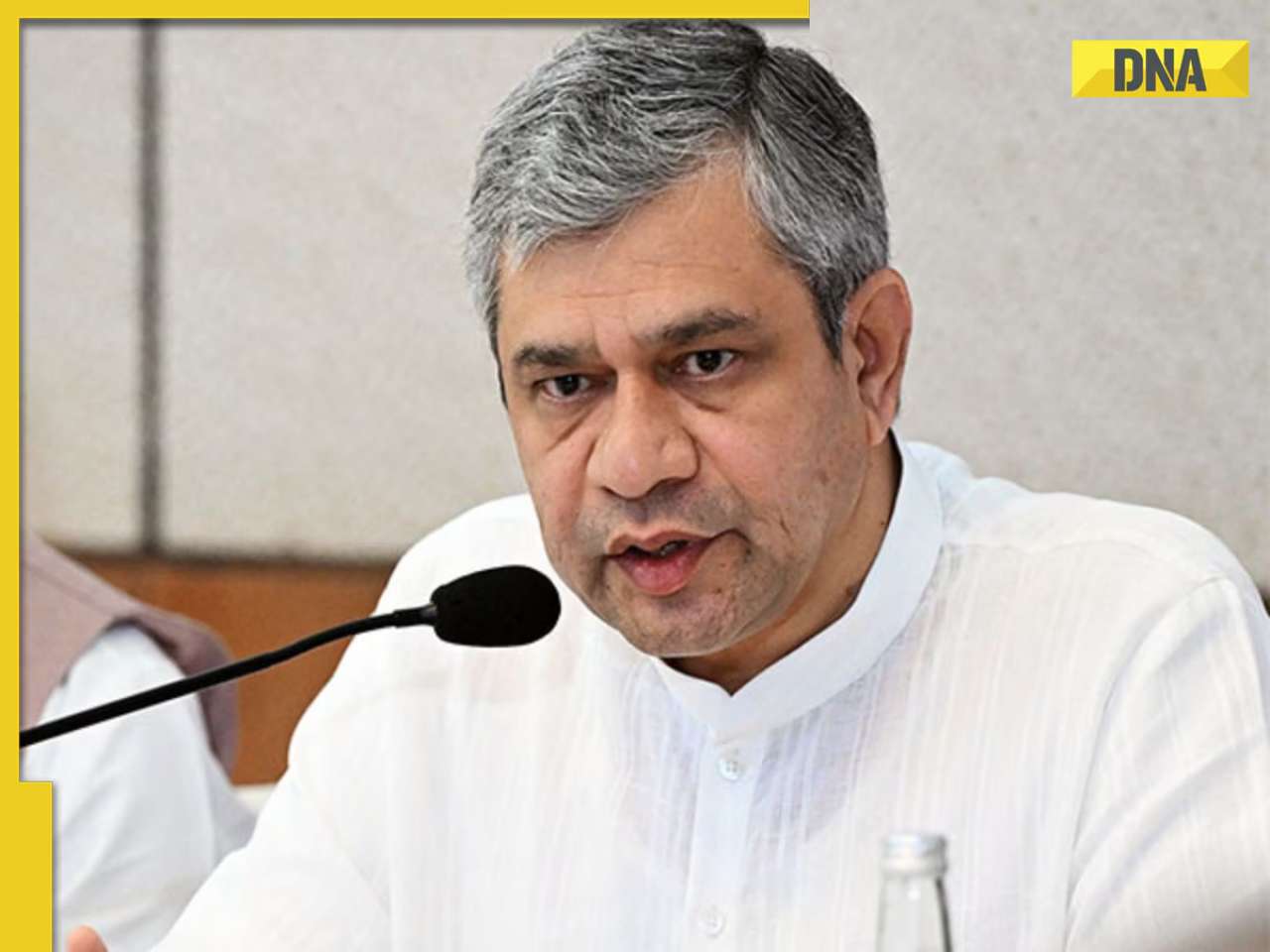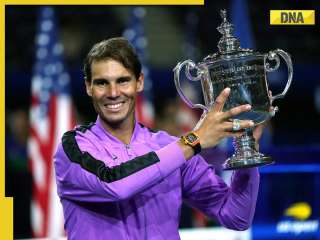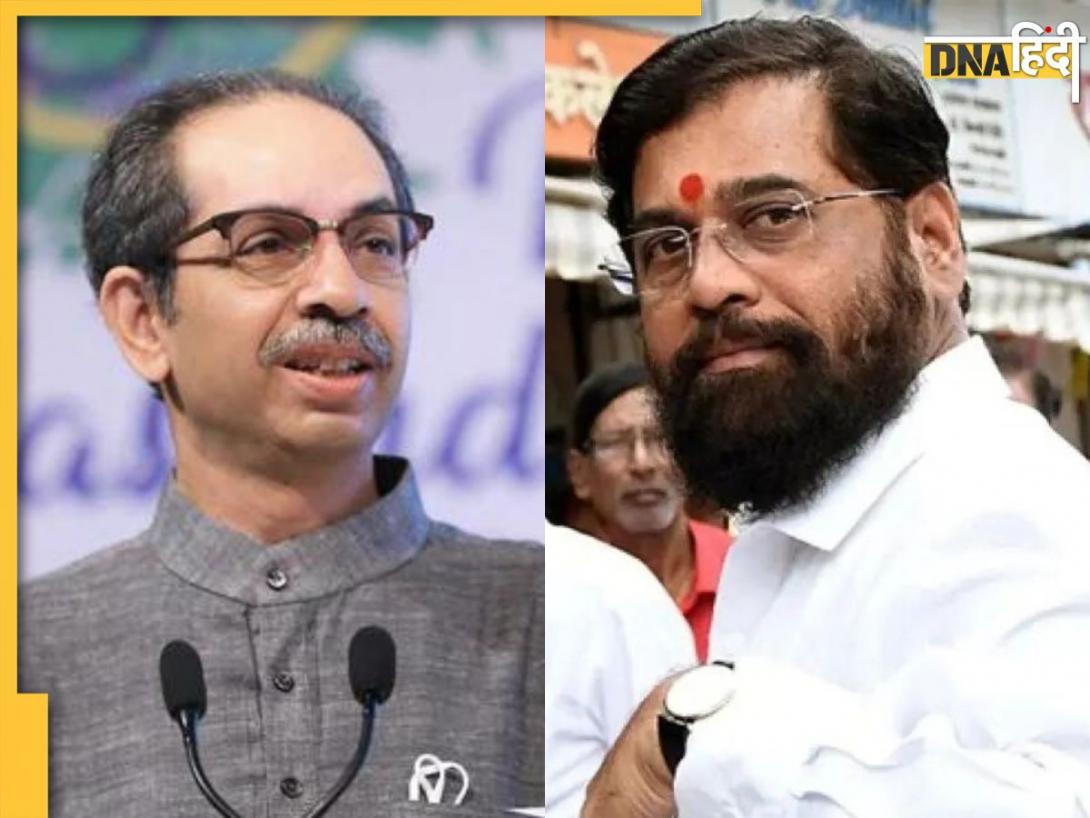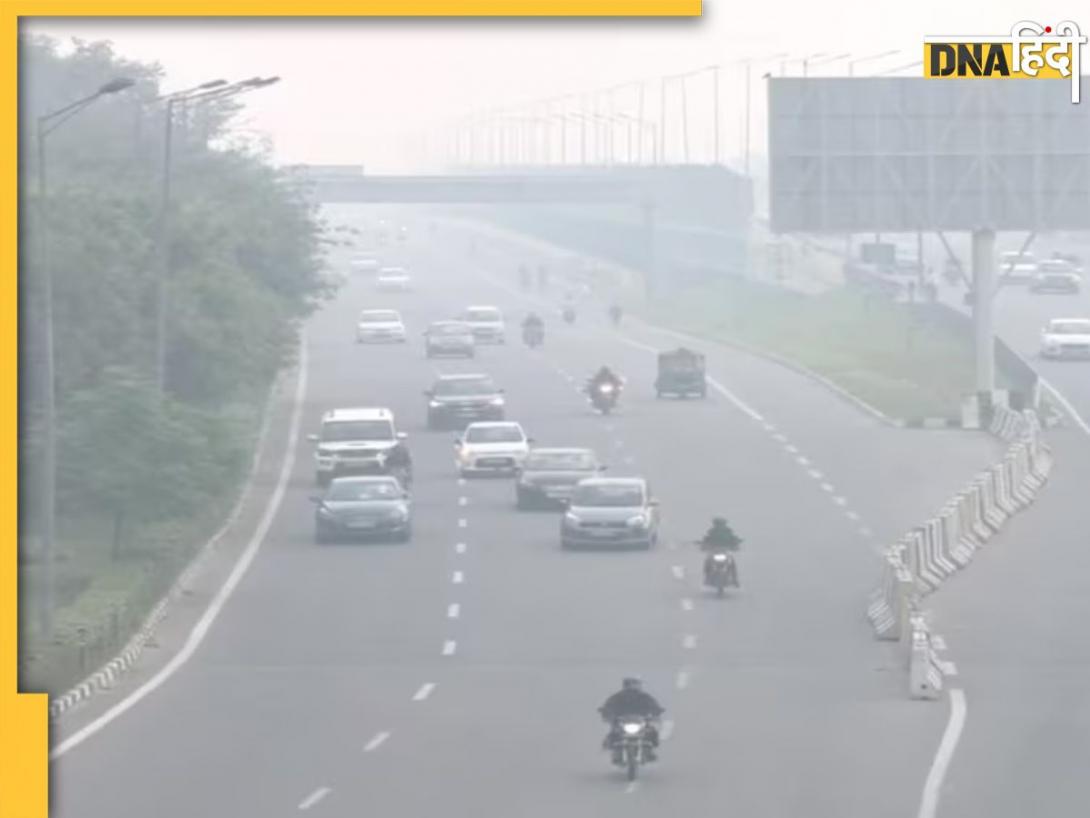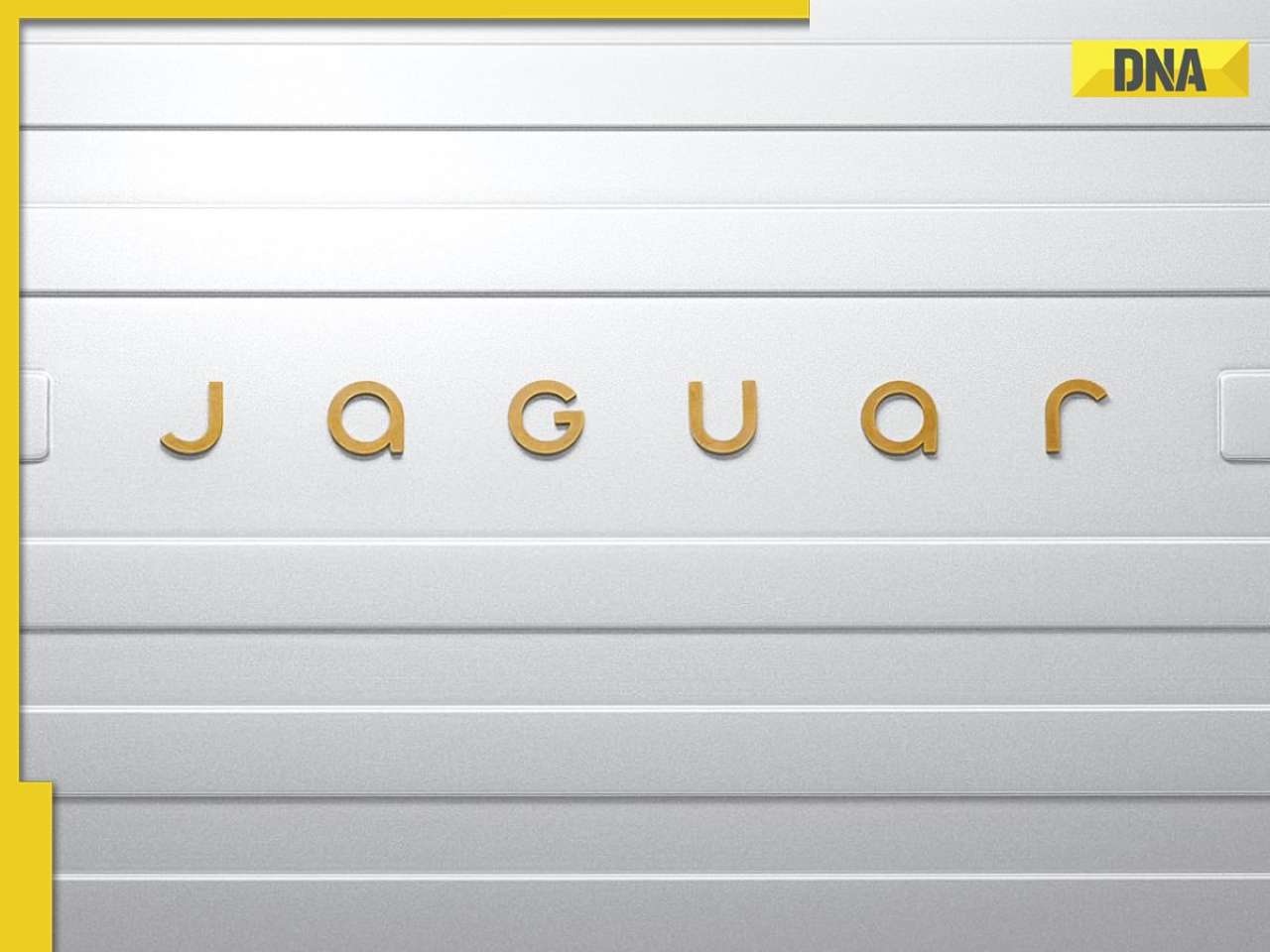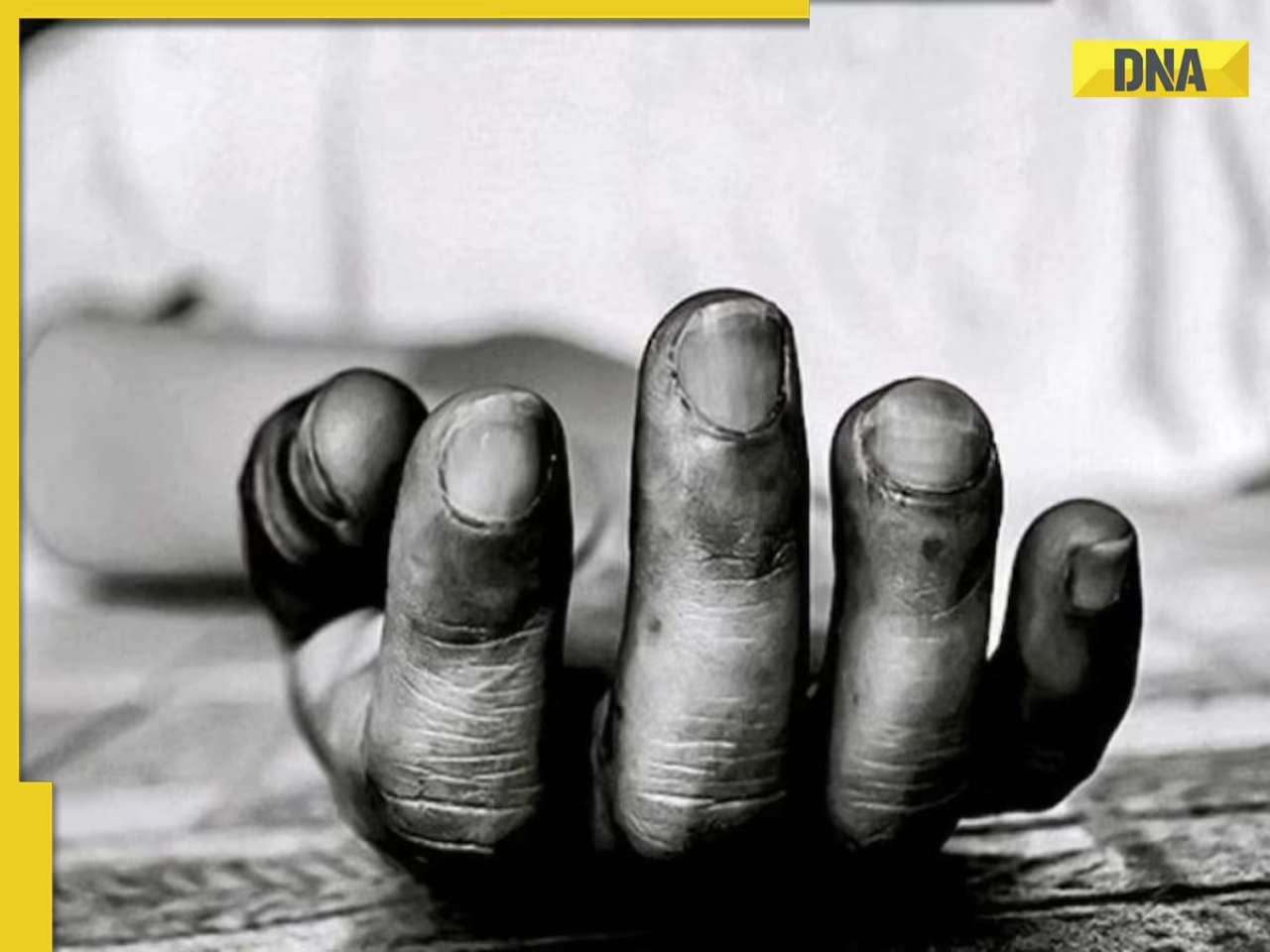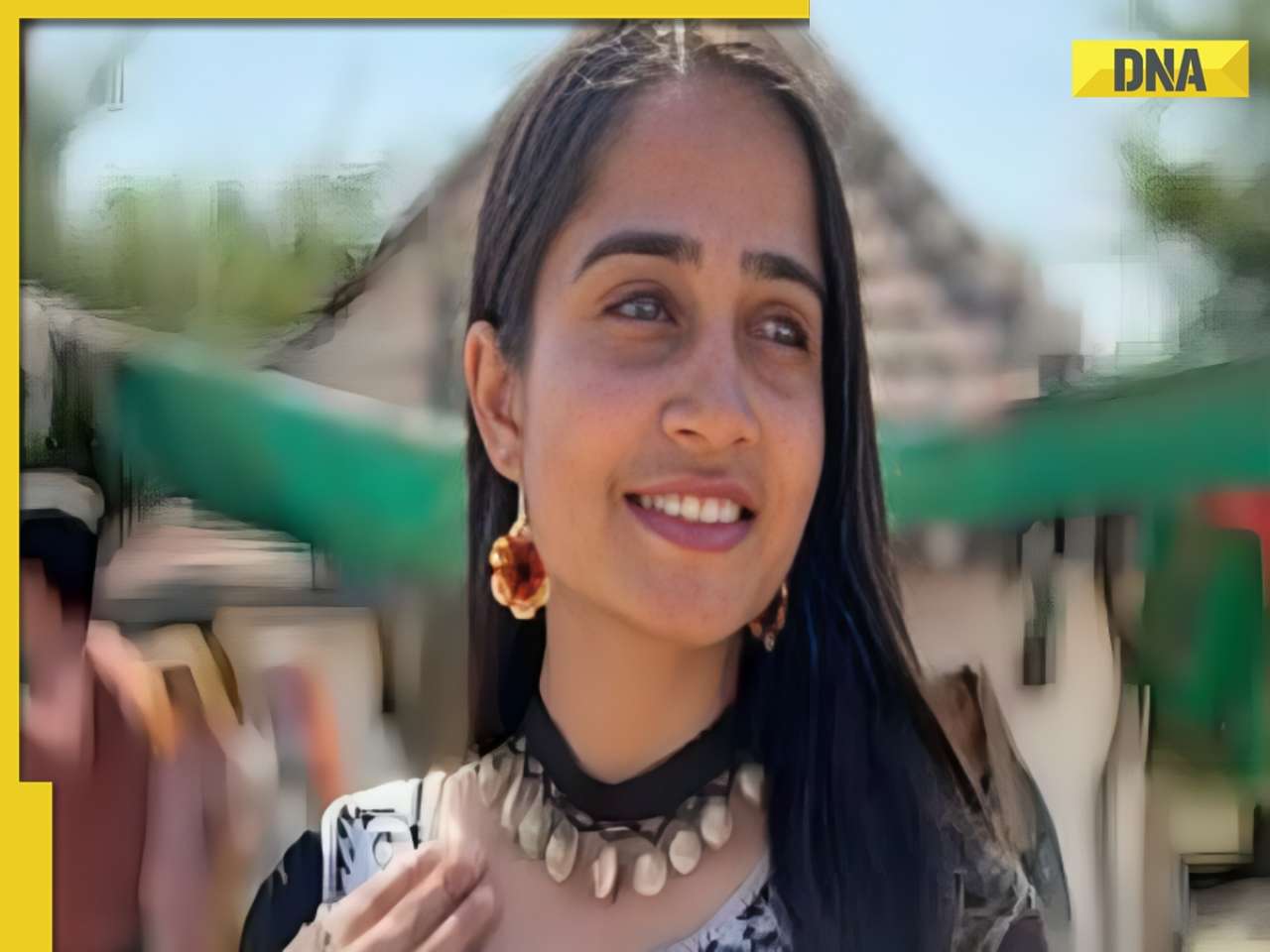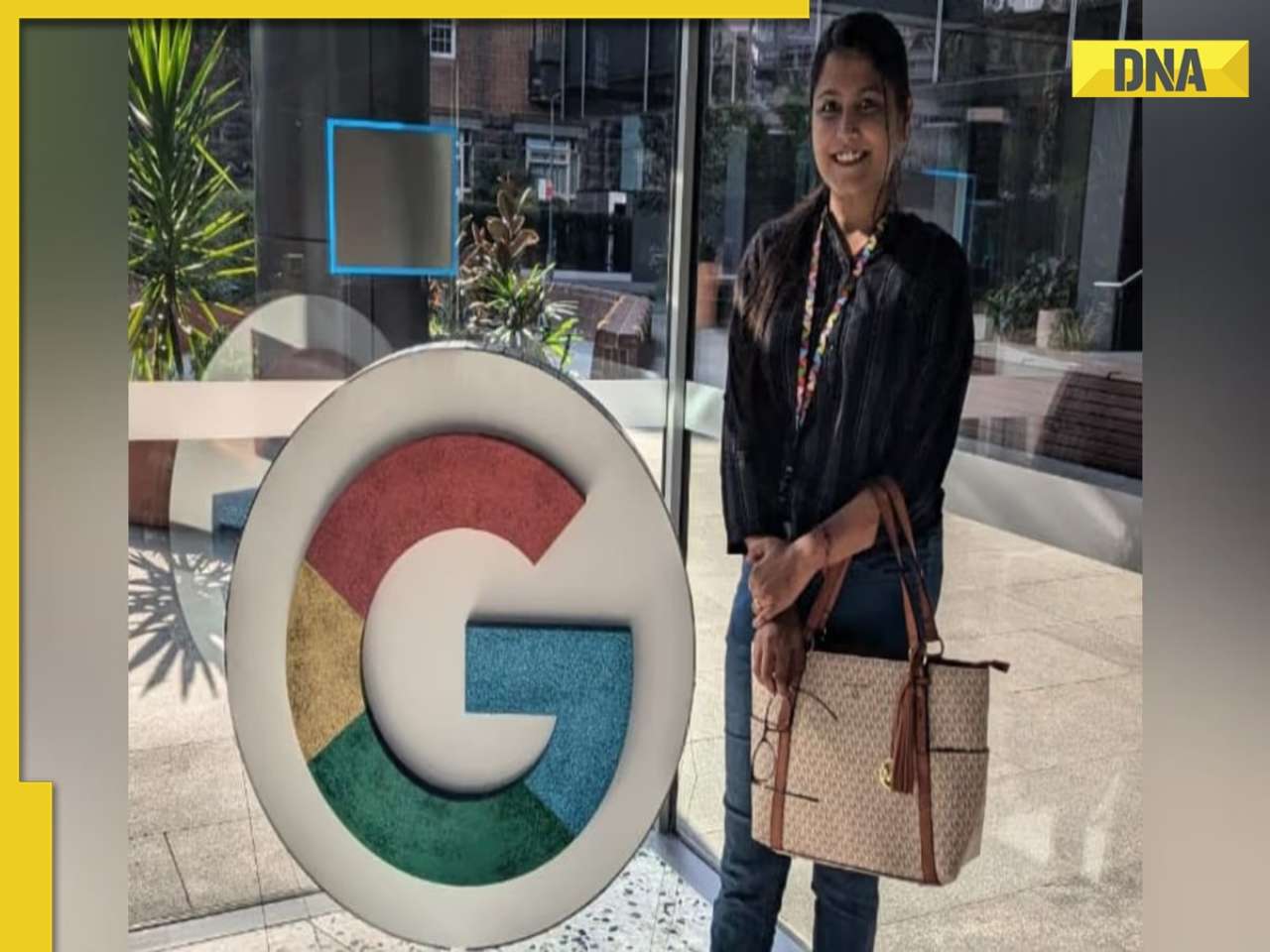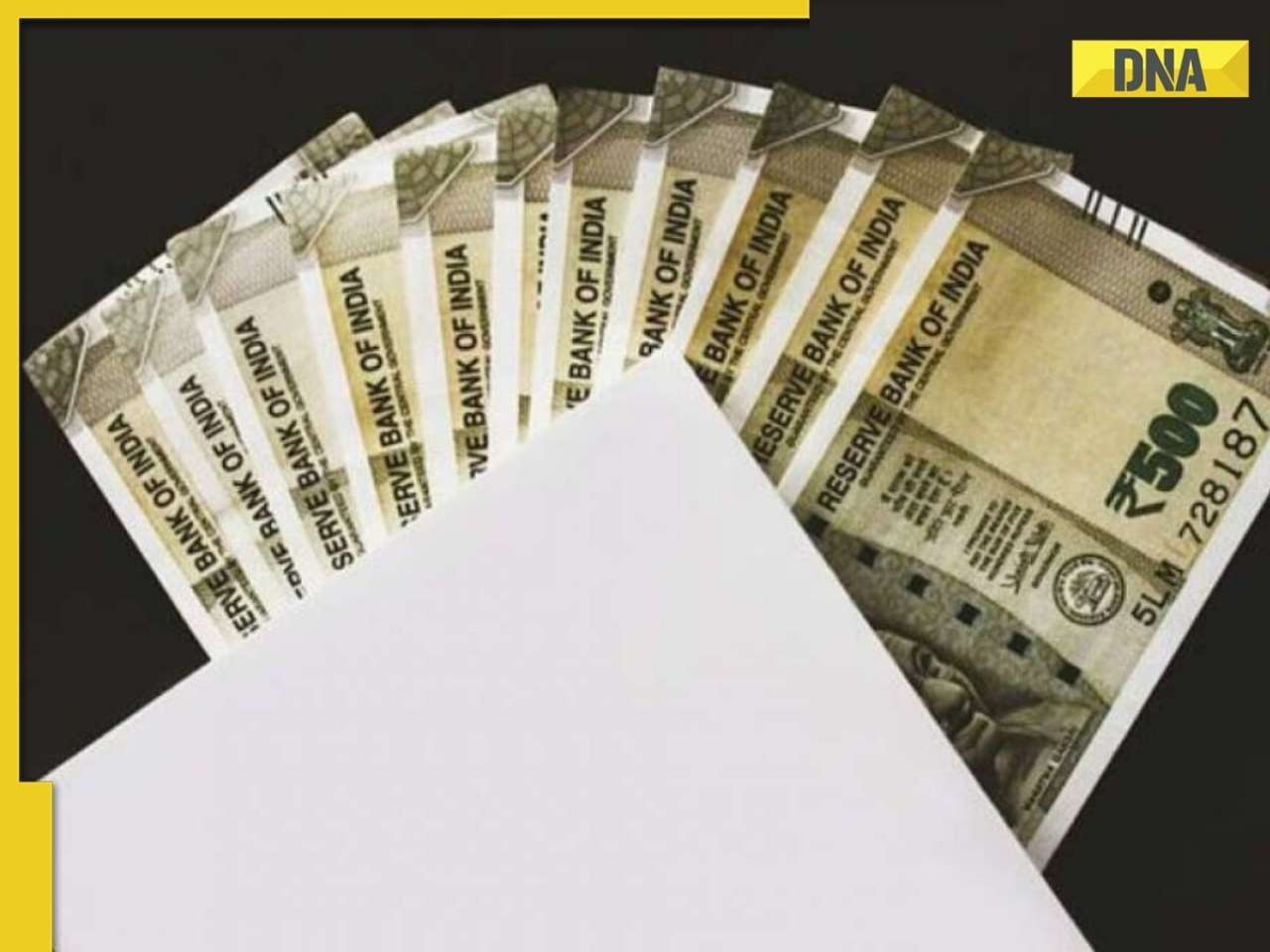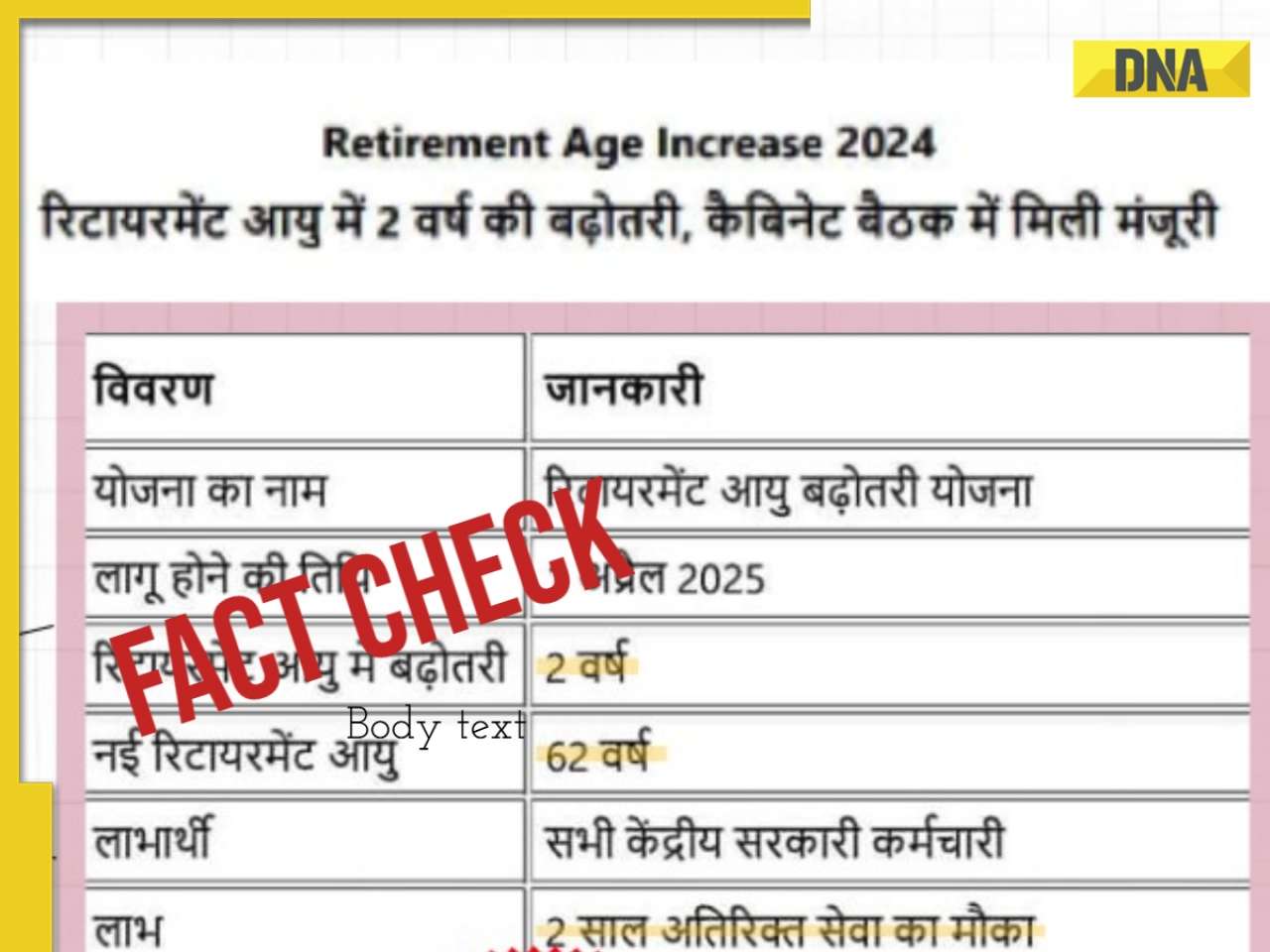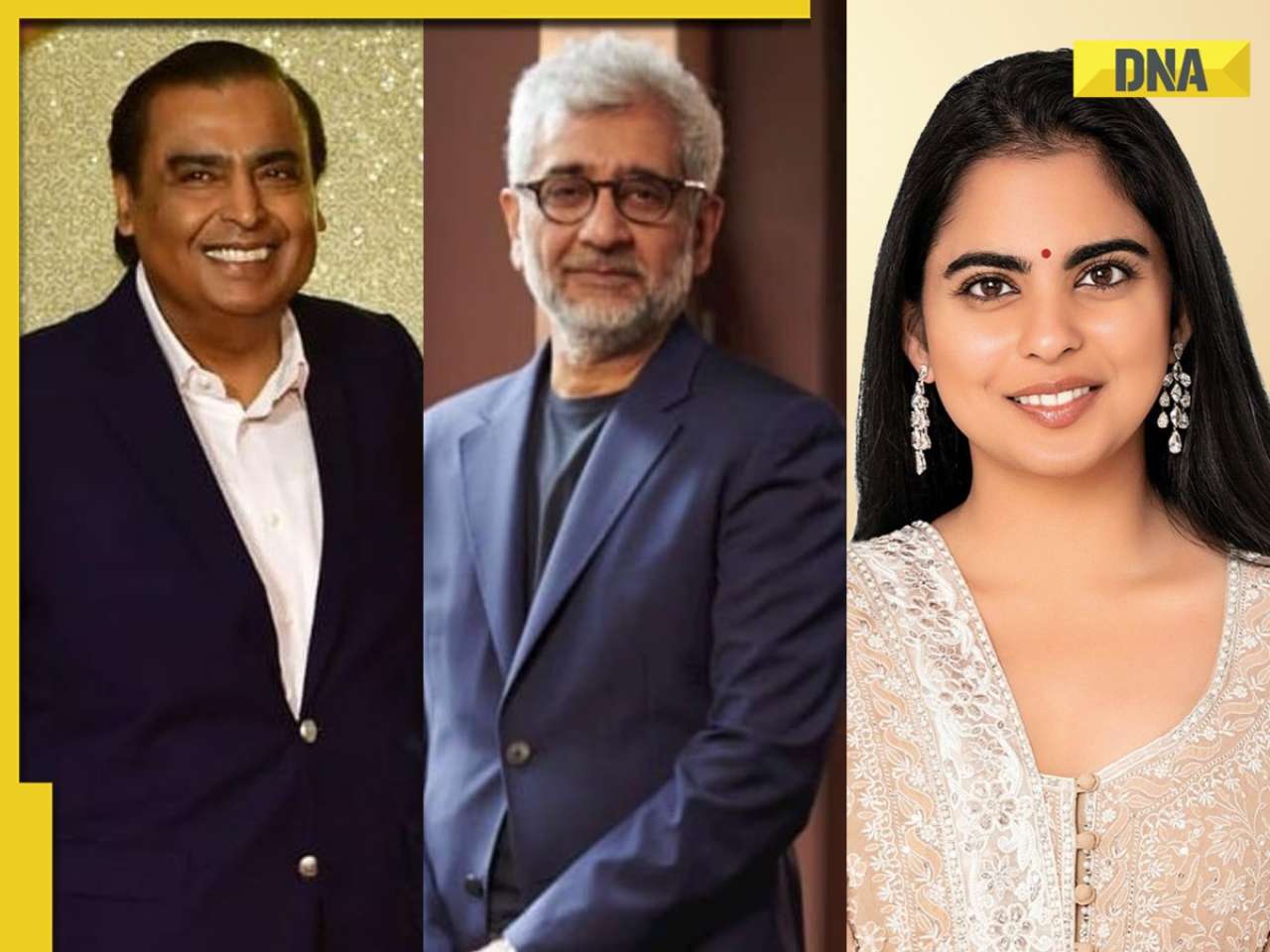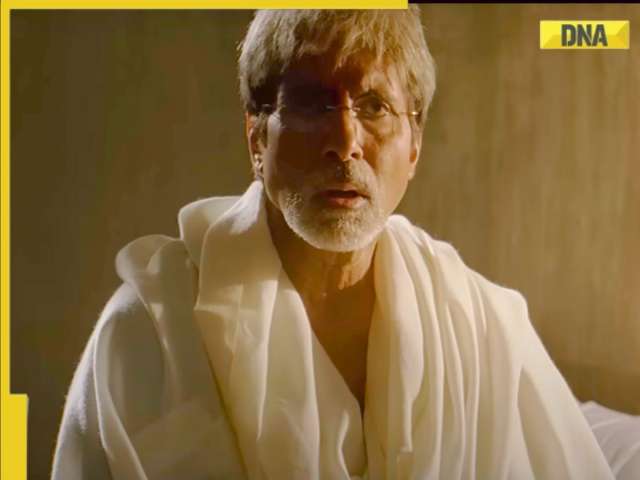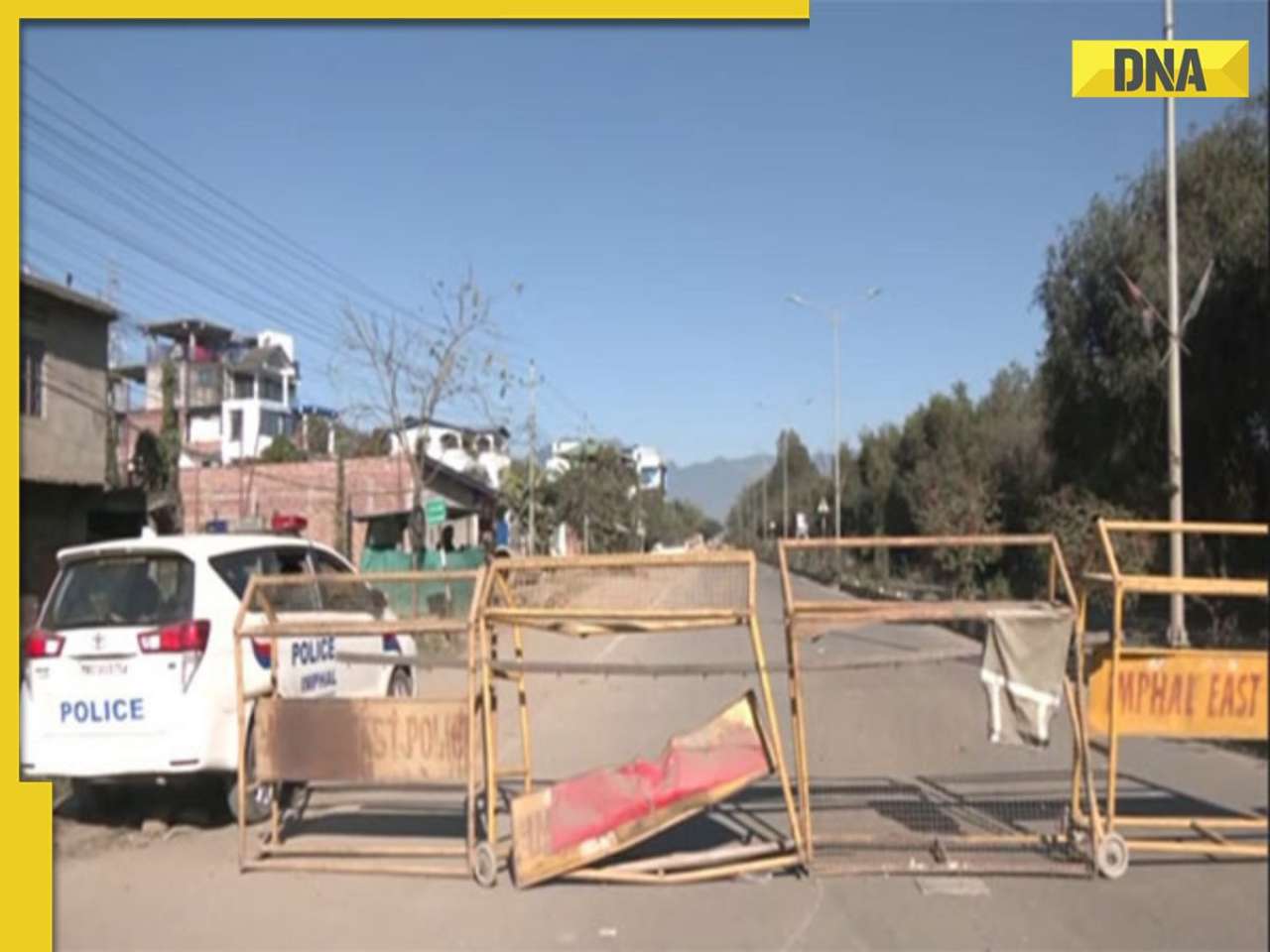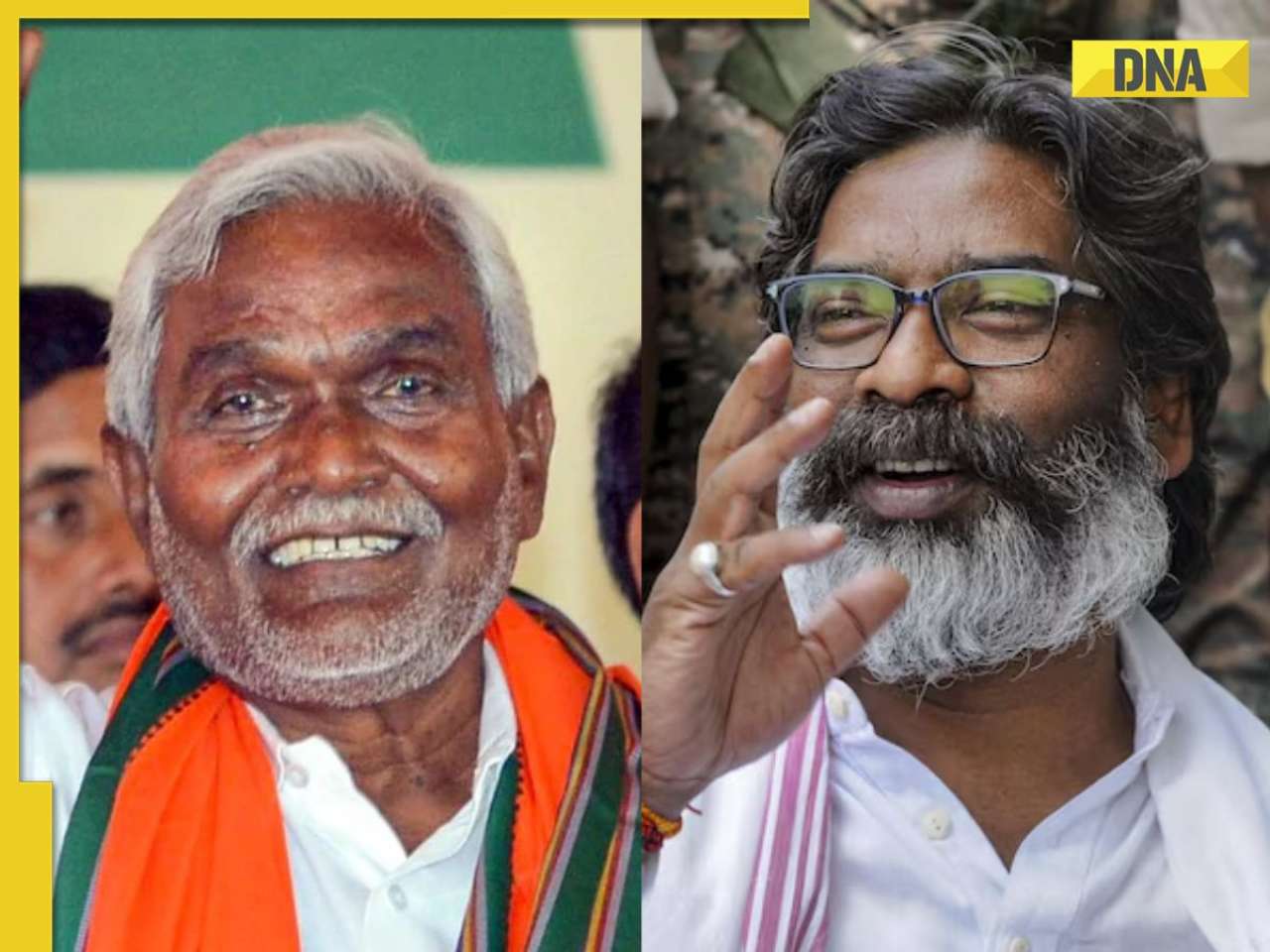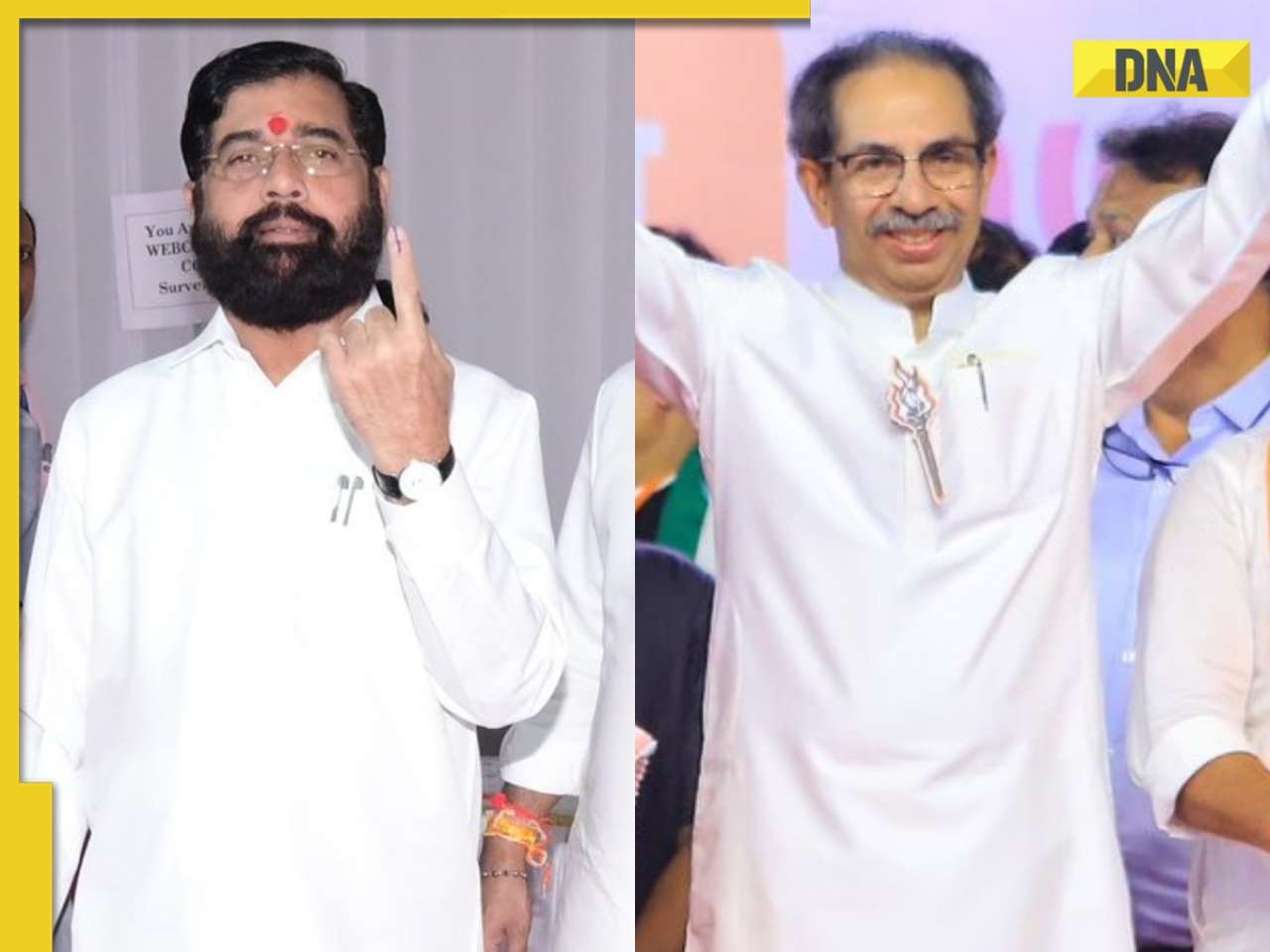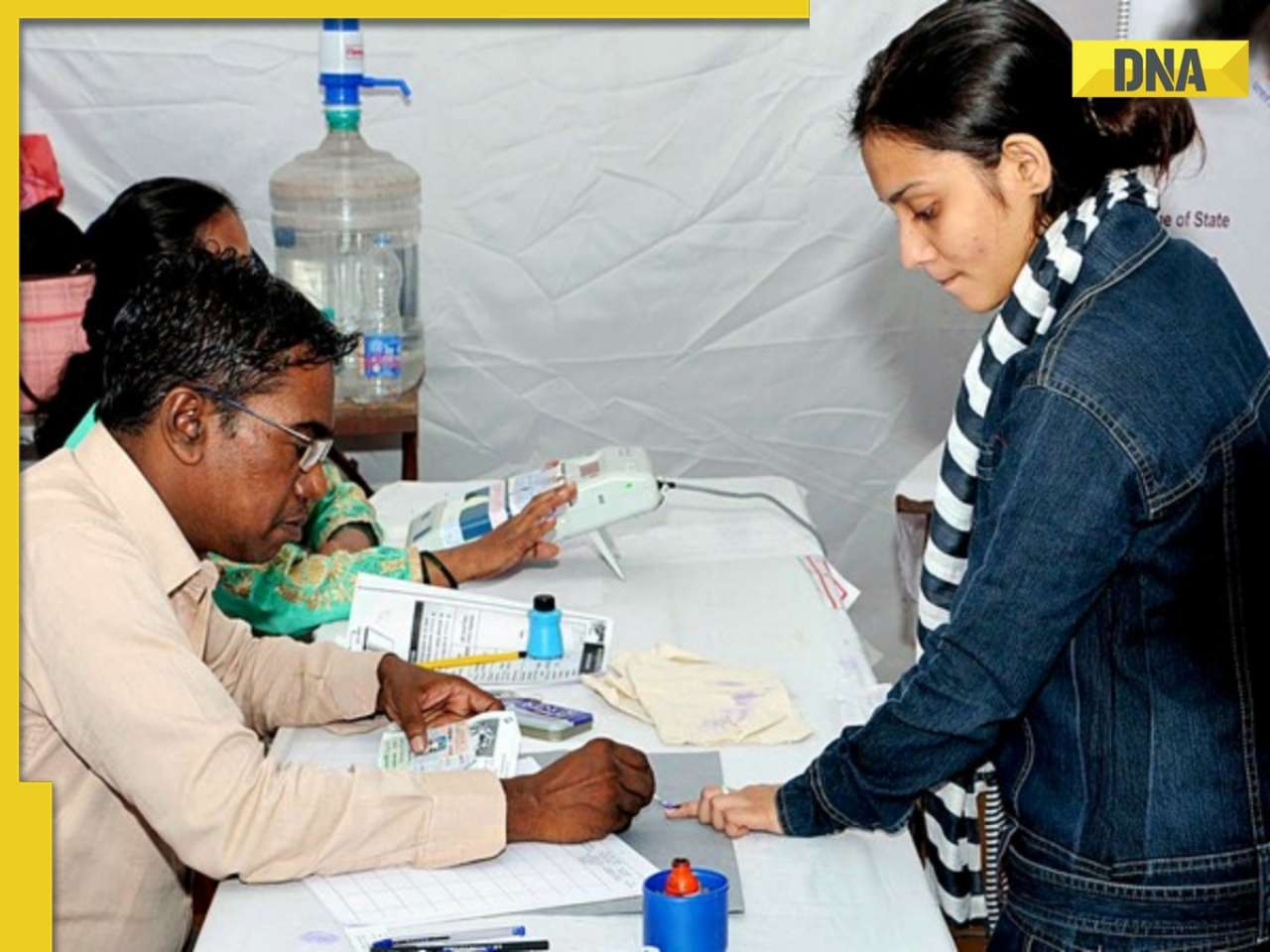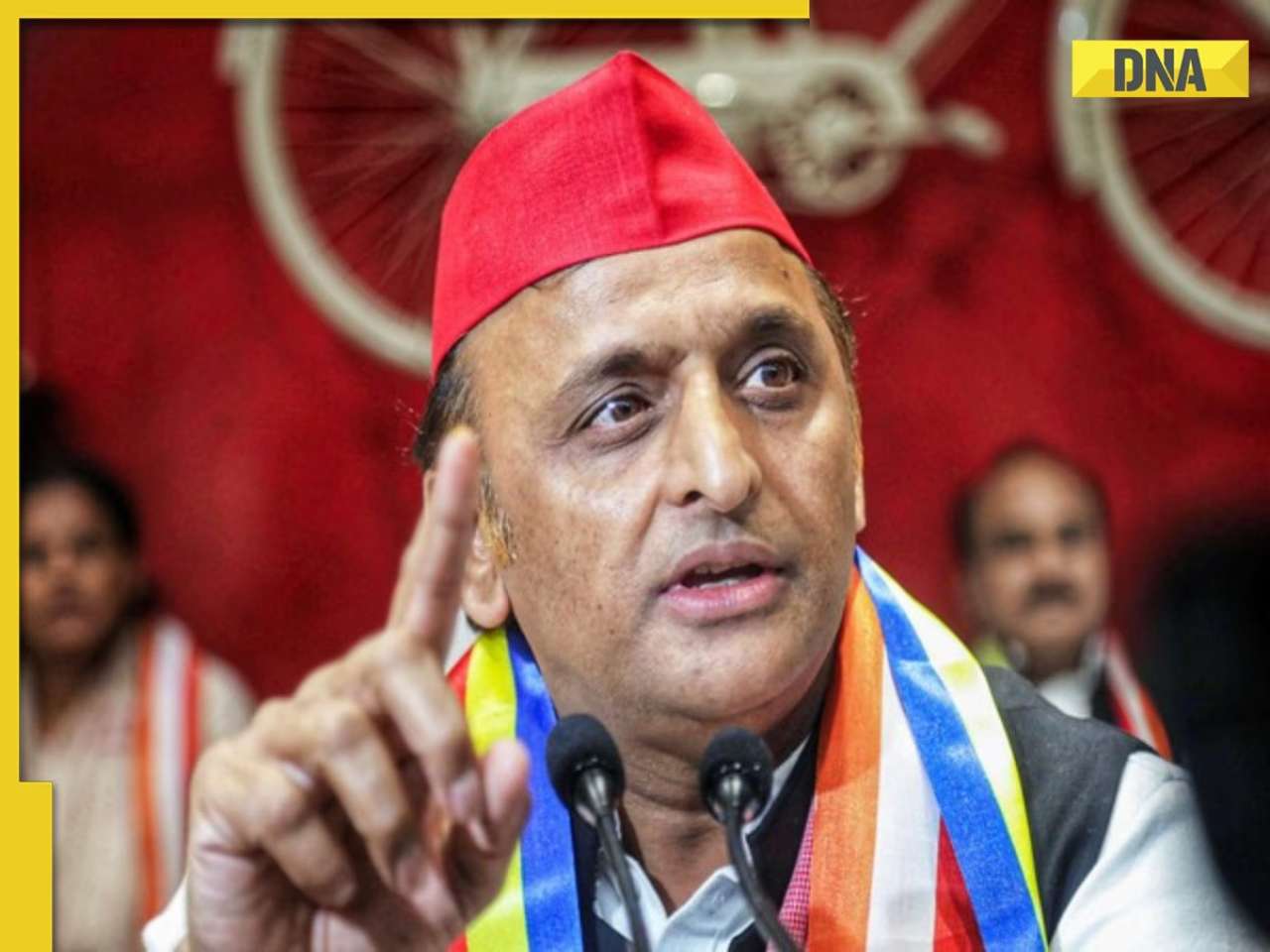- LATEST
- WEBSTORY
- TRENDING
ANALYSIS
Lok Sabha Elections: India in a champagne bottle
TRENDING NOW
Just a few more days remain before counting commences on May 16 for the 2014 Indian general elections. It has been, by most accounts, a divisive, personality-driven campaign that was bereft of any convincing agenda. And it comes at the end of a decade of some progress, substantial growth and a discontent that is now difficult to ignore. It has been a decade of lost opportunities, too, perhaps. I strongly believe it is time for a change; perhaps not a change of government as much as a change to the way we do things in India. This change is necessary so that we may realise the immense potential we have as a nation. A country that was poised to overtake all expectations of growth and development has stuttered and faltered like an unsure, immature and irresponsible adolescent on his first date.
One of our failures in the recent past has been a lack of vision at the very top: a vision that enables us to use the significant resources – that have been generated through impressive economic growth – to invest substantially in our rapidly declining social and physical infrastructure. And that is what development must be about. As Chapal Mehra writes in his piece in The Hindu, “Development in its simplest sense should be the ability of all Indians to realise their true potential without fear or obstacles. Development should address the lack of capabilities, knowledge, financial resources, and opportunity to step out of poverty and deprivation without fear. Development then is as much a process of providing services as of removing obstacles and giving freedom from all sorts of discrimination, exclusion, insufficient opportunities and fear of identity.”
Growth does not automatically guarantee human development. And that is the change we must seek, so we may invest our significant resources in eradicating fear and building human capital. Despite all the remarkable progress and the possibilities, India has, in the words of Amartya Sen, “fallen behind many countries, including Bangladesh, in terms of quality of life.” We haven’t understood – leave alone invested enough in – education, healthcare and infrastructure to the extent we ought to have. At a time when we ought to have invested in a future, we instead had India in a champagne bottle.
Yes, I know the stunning figures we could quote as a counter to that view. We have the largest, functioning, pluralistic democracy in the world. We have the largest army, a proliferation of mobile phones and a news readership that is the envy of the press in much of the world. Even though our growth rate has slipped, many nations around the world would be happy to have such a growth rate as a distant aspiration. We have a middle class that is growing with each passing year. This middle class has greater ambitions for a better tomorrow, an aspiration that makes it work harder and longer, earn more and spend more on everything our parents would never even dream of owning.
We consume news like there is no tomorrow. While newspaper readership is shrinking in much of the developed world, most newspapers in India are doing extremely well and circulation figures are up. The Times of India, Dainik Jagran, Dainik Bhaskar and Malayala Manorama are among the top 12 newspapers in the world by circulation, and probably the only four in that group with subscription growth rates that are on the increase. We consume and read news while we wait in queue for our turn to be served in road-side restaurants, while waiting for our hair to be cut. Our auto-drivers and juice vendors read newspapers. We consume our news in English, Hindi, Malayalam, Telugu and all the other languages. Many homes will have a subscription to more than one newspaper, some in different languages as well. We have more all-news TV channels than any other nation in the world.
Our relationship with telephony is charming and absorbing all at once. The journey has been quite stunning for a country that, some 25 years ago, used to ask ordinary middle-class consumers to stand in queue for over a year before a landline telephone connection could be established in their homes. The under-privileged had no hope of getting such connectivity. India effectively leapfrogged an entire generation of technology and went from no connectivity to mobile connectivity. It started with PCO booths that sprung up on almost every street corner, from which we could make local, STD and ISD phone calls. As a people, we got used to talking. Today, we have more mobile phone users in India than anywhere else on the planet. Phone sales are growing at an incredible rate of 15 million mobile phones a month. In other words, there are as many new mobile phones sold in India every month as there are people in The Netherlands. There are some 900 million mobile phone subscribers in India –almost three times the population of the US.
As a result of all of this, there is, today, a real democratisation of information. Everyone in India is connected and is able to consume, use and distribute information in what is an amazing transformation that has taken place in our lifetime.
The information revolution has been undeniable and something we must be proud of. Now hold this up against the backdrop of a government scandal that accelerated this growth, which was as contemptible in its magnitude as it was abominable in its brazenness. Think what might have been if we had achieved this revolution without the stigma of a despicable scam. Is this ‘transaction cost’ – a necessary euphemism for scams perhaps – the cost of progress? Is this the cross we must bear so that we may unravel the story of a modern India, a story of lost opportunities and high ‘transaction costs’? Or is it the story of a champagne bottle?
It is undeniable though that, because of this information revolution, everyone is potentially empowered, from the point of view of participation in the democratic process, from the point of view of participation in informed critical argument and also from the point of view of social and commercial connectivity. Yet, in spite of all of this, most of us get our information through secondary sources. We must lay the blame at the doorstep of under-investment in education.
India has always been a story of education and the pursuit of knowledge that enables and drives social betterment. And that story must not change in India’s narrative, for it is only through informed critical argument that we will be able to banish fear and unleash the potential that exists. Without that, the democratic dividend that we often flaunt is quite meaningless. Only 23% of our children are enrolled in tertiary education – Algeria is at 31%, Albania at 55%, Mongolia at 61%, Chile at 74%, and Slovenia at 86%, just by way of comparison.
We must improve access to and quality of education and also develop skills through vocational training programmes. We aren’t doing enough in these areas. We, instead, have an entire population in a champagne bottle.
Modern India’s story must be one of development. We cannot have the information revolution sit side by side with an undereducated rural mass and malnourished children. As Chapal Mehra says, “ The most basic indices of human development for the most vulnerable — being healthy, well-nourished, literate, and having equal opportunity without fear — are dependent on strong local governments, unbiased law enforcement and clean and effective public systems which work without prejudice.”
Of all countries in the world, India has the maximum number of children suffering from malnutrition. We could attribute this to the lack of national wealth in pre-1990 India. India was poor and though it grated, the fact that malnourished children existed did not grate as much then as it does now. But since 1991, India has seen a 50% increase in GDP, and given this, our failure to address malnutrition is a travesty. Modern India must be more than concrete, connectivity, cinema, cuisine and cricket. We must address the champagne bottle.
I am convinced our progress depends substantially on knowledge creation and innovation, through science and technology, and through our ability to include traditional knowledge in our science and industrial innovation. My belief, also, is that we do this excellently in India. Examples exist of the way we have incorporated traditional, indigenous knowledge in fields such as botany in Ayurvedic medicine.
I am also convinced that India’s future prosperity as a nation will be driven by our ability to generate ideas that convert knowledge into impactful outcomes for public good and commercial success. Innovation is a critical driver not only for increased productivity and commercial success, but also for social causes and for achieving inclusive growth. We do this well, because we are, as a people creative in our approach to either coping with – or solving – the significant challenges facing society; jugaad is part of our everyday vocabulary. And it is through this that we are blessed with a native and innate creativity, one of the key ingredients to innovation. If only the ecosystem around us enabled us to tap into this potential – the story of the champagne bottle – we can achieve the kind of frugal innovation that we have achieved, through science and technology, in our space program.
In the science and technology space, we have been able to develop a space research program that is truly world class. We design satellites, build these and launch them masterfully not only for India but also for the rest of the world. And that is not merely because we are good at it, but because we can achieve impactful outcomes at a fraction of the cost that others require. When India recently launched the Mangalyaan space mission to Mars, what was remarkable – and this is a story that is well-known – was that the Indian Space Research Organisation (ISRO) achieved the launch at a total cost of US$75 million. In other words, India launched a space mission to Mars at a quarter of the money it took to make the Hollywood film ‘Pirates of the Caribbean’. A few days after India launched its Mars probe, NASA launched Maven, its own Mars mission at a total cost of nearly eight times the Mangalyaan mission. We know how to innovate frugally. We also know how to operate, succeed, deliver and thrive in spite of what Dr Ramesh Mashelkar calls “technology denial regimes”, which have assisted our innovations in several sectors including nuclear technology, supercomputing and perhaps even the pharma sector.
So clearly, if we put our mind to it and if we are guided by a national challenge and a goal, just as we have, in other fields, we can build, achieve and sustain a development program that is inclusive and equitable.
India is an idea sustained and nurtured by a pluralism that enables us to tolerate and celebrate differences. Indeed it is this difference that makes us who we are, and gives us the ability to co-exist and yet, thrive. It gives us the ability to be accepting of any contrary idea, because we just do not need to agree on anything at all; my idea is as good as yours, we can agree to disagree on just about anything. However, this compelling story of pluralism is woefully incomplete if we do not agree on the fundamental principles of equality and justice. We live in an unequal India of haves and have-nots where ‘giving’ had to be legislated through a CSR bill. We live in an India where women are not entirely safe. We live in an India where a prime ministerial candidate might get elected to power on the promise of ensuring all houses have a toilet (houses that, I might add, may have a colour TV and a mobile phone).
To everyone who says we have good growth story, I say it is not enough. Yes, we do have growth rate of at least 6%. But why is it not 13%? We have the potential to get there, a potential that is stymied by those that are entrusted with charting our progress.
Today’s India is, to me a champagne bottle. This is a well-worn metaphor, but one that is applicable to the India I embrace, a land of immense opportunity, pluralism and vibrancy. Provided, that is, the cork in the champagne bottle is released, thereby allowing the bubbles to thrive, breathe and contribute.
The author is a cricket tragic, a keen trekker and a mathematician. He tweets at @mohank, and blogs at i3j3cricket.com and mohankaus.blogspot.com.
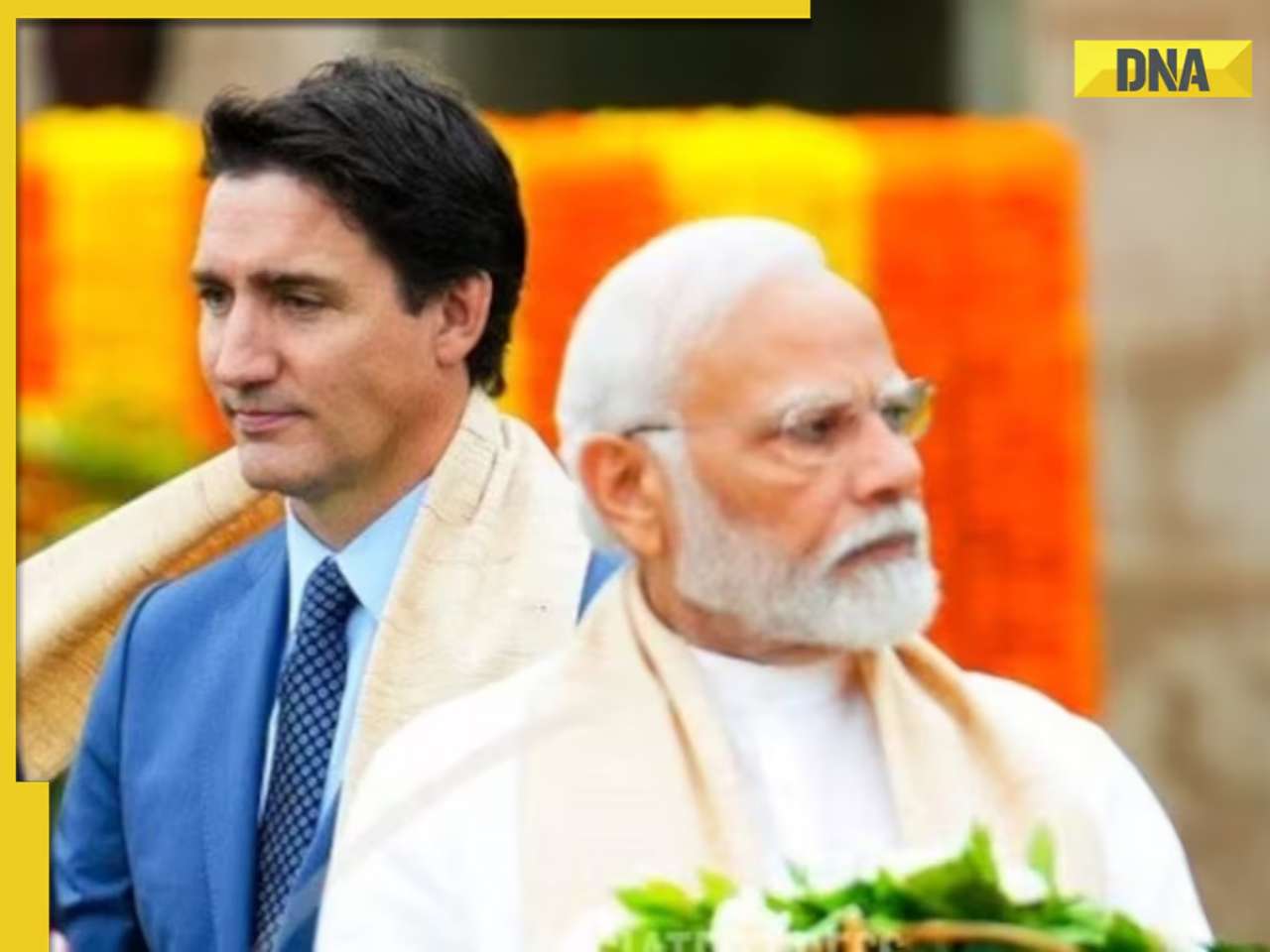


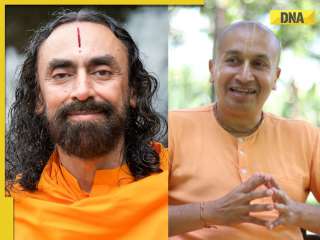



)
)
)
)
)
)
)
)
)
)
)
)
)
)
)
)





